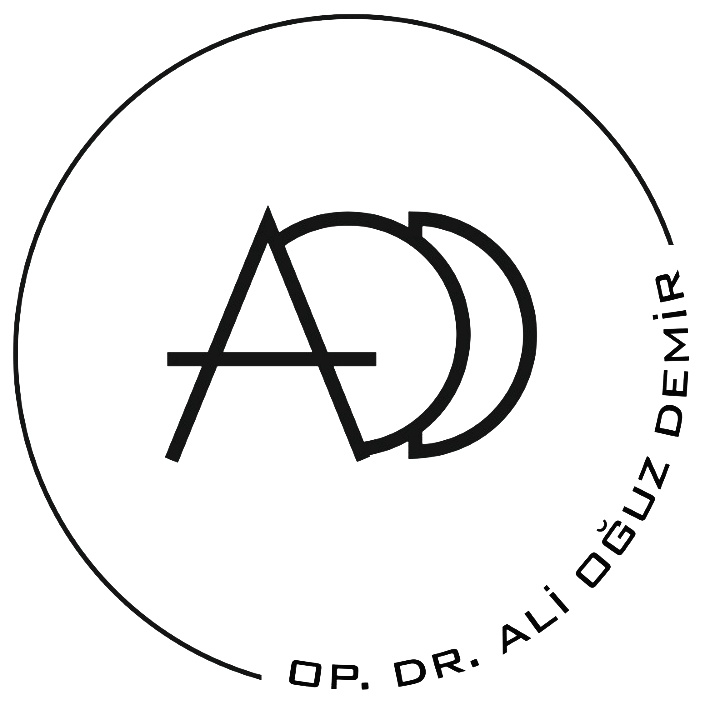Nose Aesthetics
Rhinoplasty or Rhinoplasty is a surgical procedure that aims to change the structure and shape of a person’s nose to give it an aesthetic appearance. This procedure is usually performed for purposes such as thinning the tips of the nose, smoothing the bridge of the nose or changing the general shape of the nose.
Who Can Have Rhinoplasty?
Rhinoplasty is performed on people who are uncomfortable because their nose shape and measurements are not aesthetically correct. This aesthetics may also be preferred by people who have breathing difficulties due to anatomical defects in the structure of the nose.
However, there must be some prerequisites for rhinoplasty to be performed. For this, you must have a healthy body and other conditions recommended by the surgeon must also be met.
How is Rhinoplasty Performed?
Rhinoplasty consists of the following steps:
Anesthesia
Rhinoplasty is performed under local anesthesia and sedation or more often under general anesthesia, depending on the complexity of the surgery and the surgeon’s preferences. The procedure usually takes about 1-2 hours. However, it may take longer in complex cases.
Procedure
During surgery, the skin of the nose is separated from its support of bone and cartilage and shaped to the desired shape. Finally, the skin is redistributed over this new support. Generally, the surgeon performs this procedure through the nose, making small incisions inside the nostrils. In some cases, however, the surgeon may prefer to perform an open rhinoplasty, especially for more complex cases.
Final
Once the surgery is complete, the incisions are closed and a cast or splint is placed to help the nose maintain its new shape. Nasal plugs are also placed in both nostrils to prevent bleeding and stabilize the nasal septum.
What Should Be Considered After Rhinoplasty?
The things to be considered after rhinoplasty are as follows:
After the surgery and most importantly for the first 24 hours, swelling on the face, discomfort in the nose and headache that decreases with medication may occur.
On the first day (except for going to the bathroom), the head should be elevated.
Most bruising and swelling will disappear completely in about 2 weeks.
Light nosebleeds are normal for the first few days.
Do not blow vigorously for several months.
Strenuous activities should be avoided for a few weeks.
